(ECNS) --Jiuzhang 3.0, the fastest quantum computer capable of detecting 255 photons, has been successfully developed by Chinese researchers, CGTN reported on Wednesday.
Jiuzhang 3.0 is able to perform Gaussian boson sampling a million times faster than its predecessor Jiuzhang 2.0. The most complex samples it processes within a millisecond would take Frontier, the world’s best supercomputer, over 20 billion years.
The research team introduced an innovative approach called space-time multiplexingthat helps detect photons more accurately, which secures more complex quantum computing.
Quantum computing represents a new computing paradigm in the post-Moore's Law era. Its ultra-fast parallel computingwill hopefullyachieve exponential speedup in solving social and economic problems. Thus, the development of quantum computers stands as one of the most significant challenges.
The international academia has laid out a three-stage development strategy accordingly, the first of whichisto achieve quantum supremacy. Highly precise control of nearly a hundred quantum bits helps solve problems that no classical computer can solve in any feasible amount of time. Advanced quantum control will also serve as the basis for the development of fault-tolerate quantum computers.
In 2020, a group at USTC implemented a type of Boson sampling on 76 photons with a photonic quantum computer, Jiuzhang, overcoming the dependency vulnerability on sample size in Google’s experiment.
In 2021, itbuilt alight-based Jiuzhang 2.0capable of detecting 113 photons, and a superconducting quantum computer Zuchongzhi which can obtain 56 qubits. This means that China has become the only country to achieve quantum supremacy in both areas.
Jiuzhang 3.0marks new progress in computational complexity by detecting 255 photons for the first time. During the experiment, theteam at USTC also explored the mathematical connection between Gaussian Boson sampling and graph theory and solved practical graph theory problems such as dense subgraphs at a speed 180 million times faster than classical computers.
This breakthrough embodies the collective efforts of researchers from the CAS Center for Excellence in Quantum Information and Quantum Physics of the University of Science and Technology of China (USTC), the Shanghai Institute of Microsystem and Information Technology (SIMIT), and the National Research Center of Parallel Computer Engineering & Technology (NRCPC).








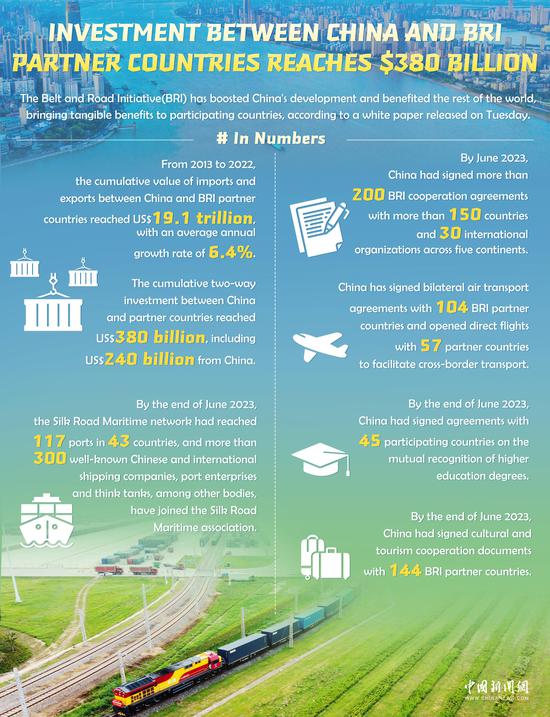




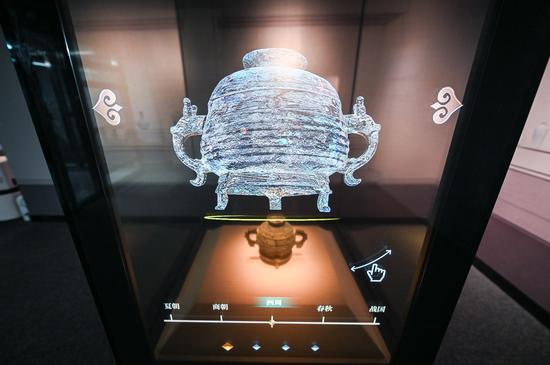









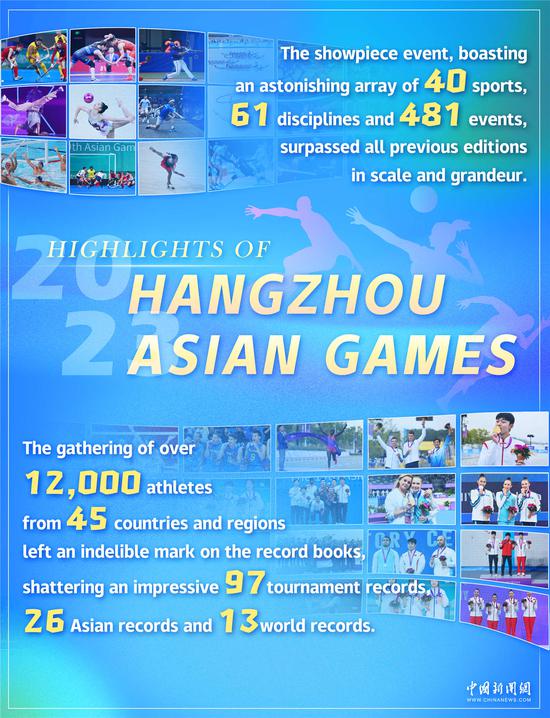




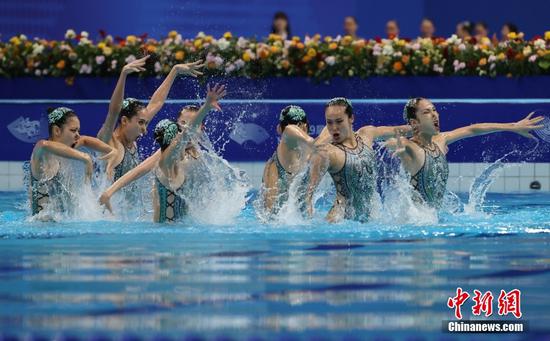

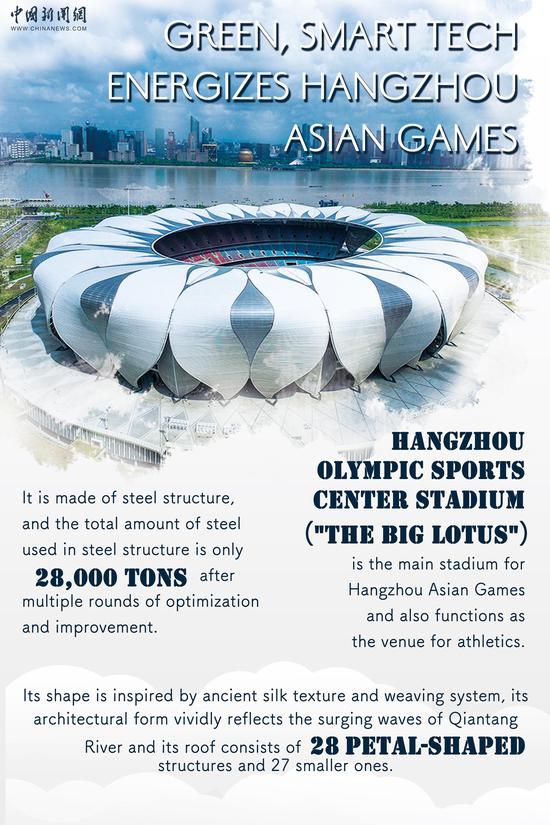



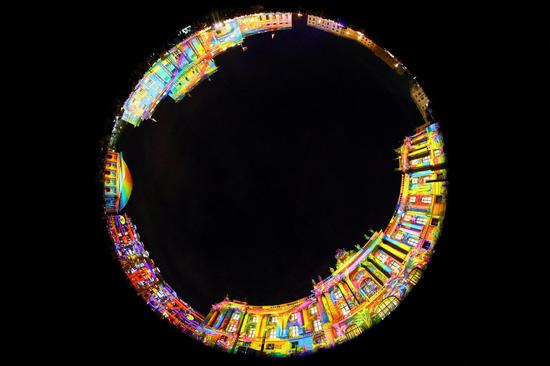











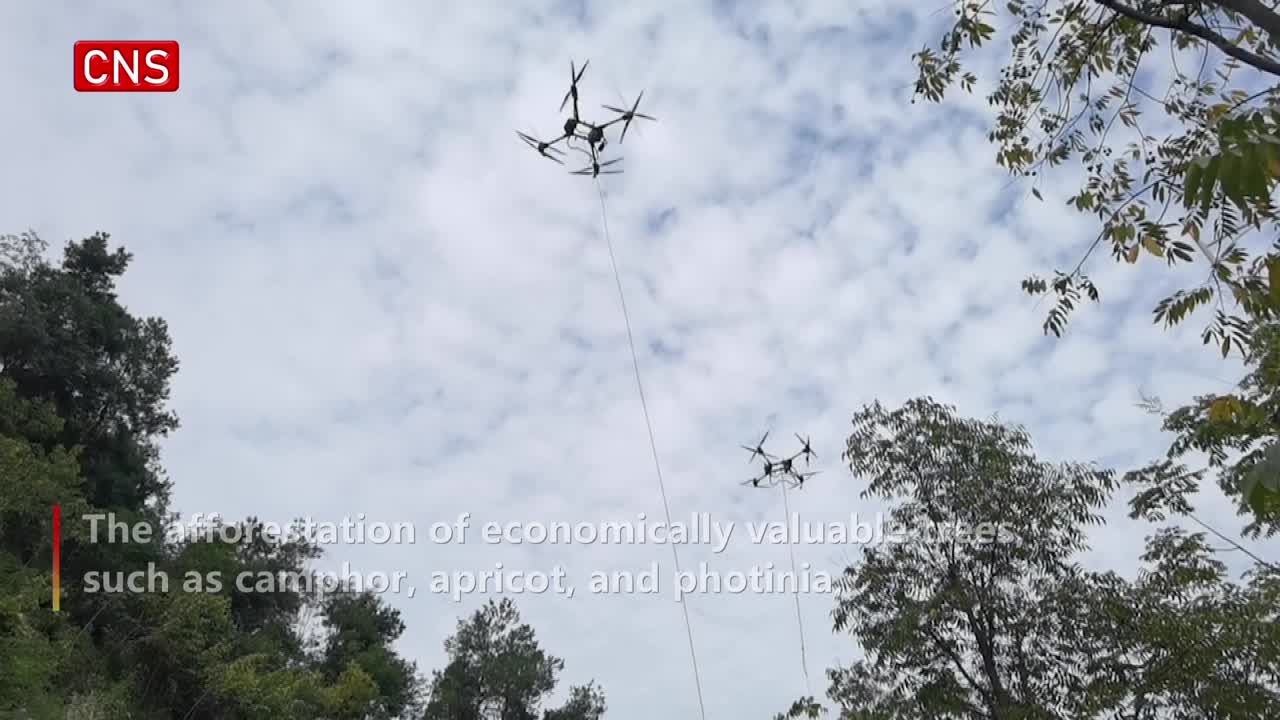

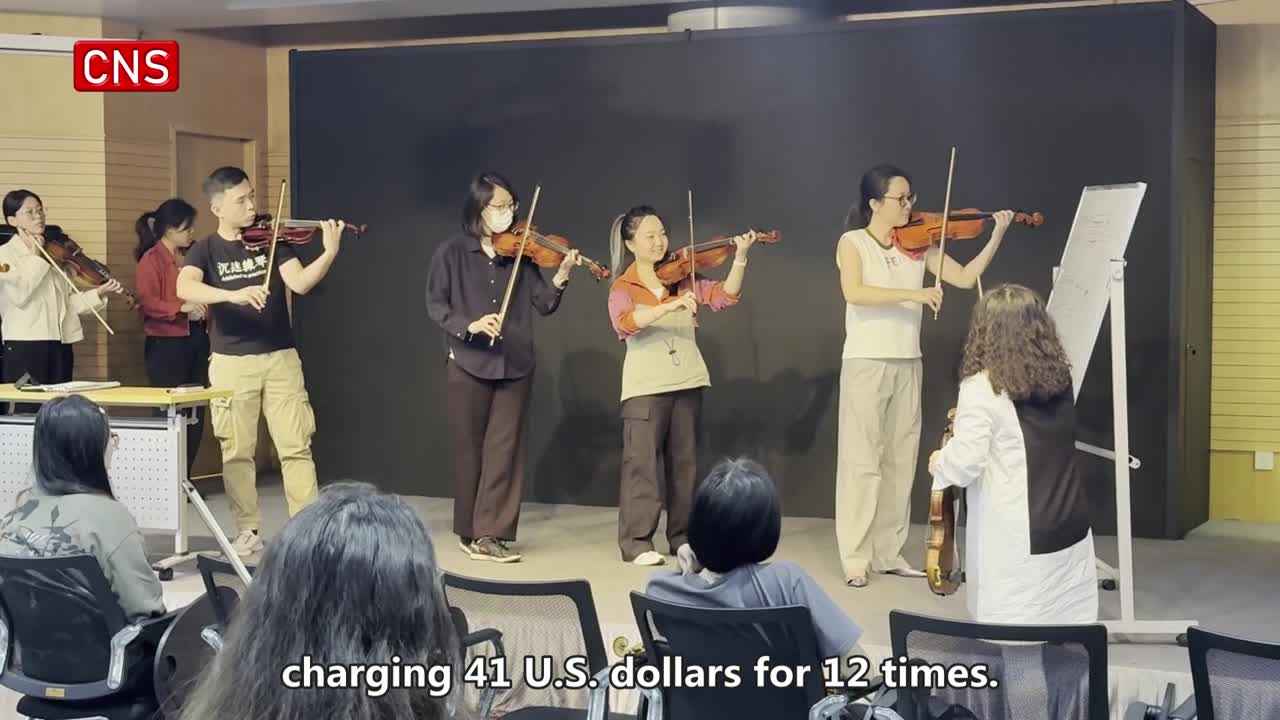

 京公网安备 11010202009201号
京公网安备 11010202009201号